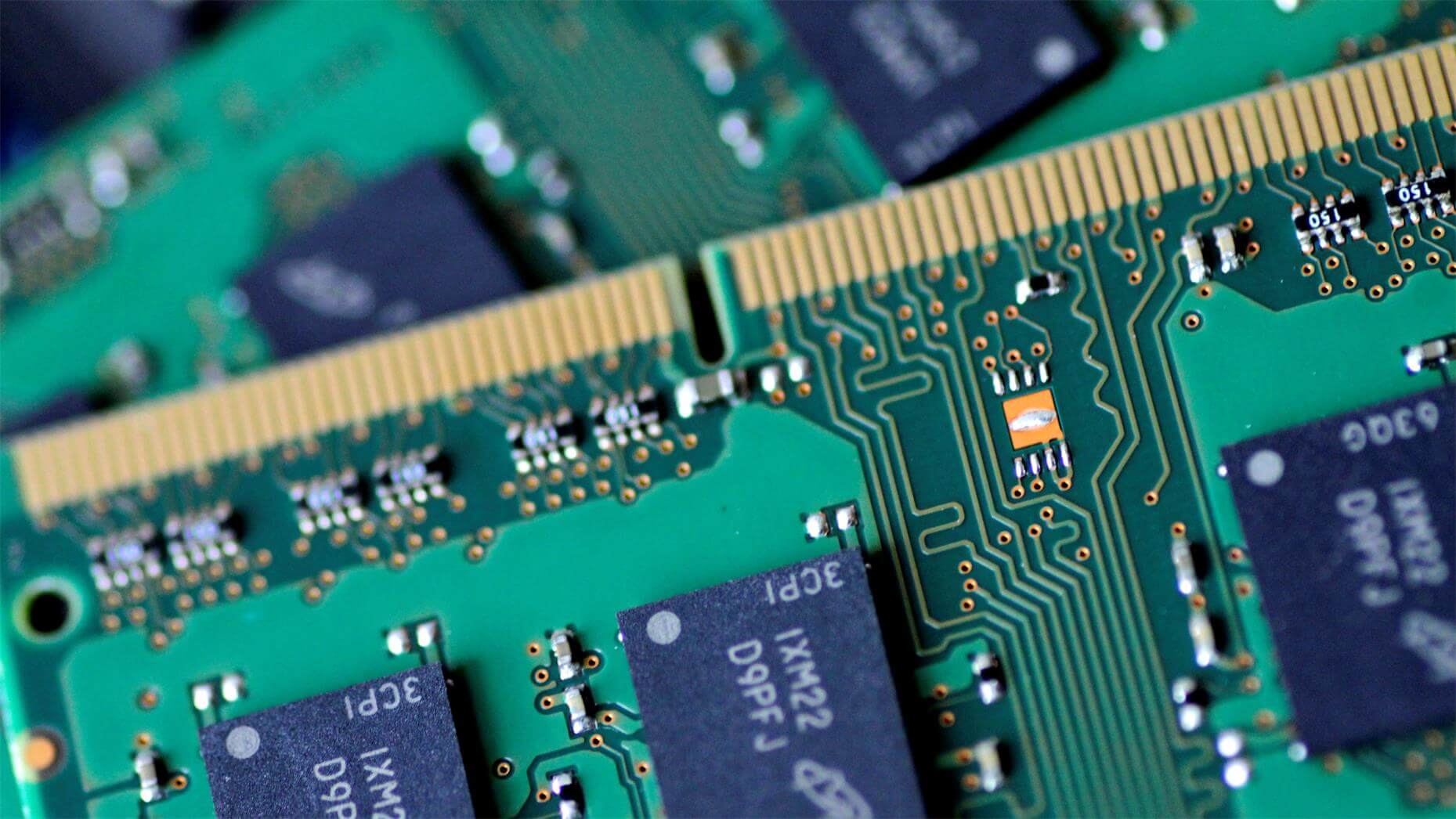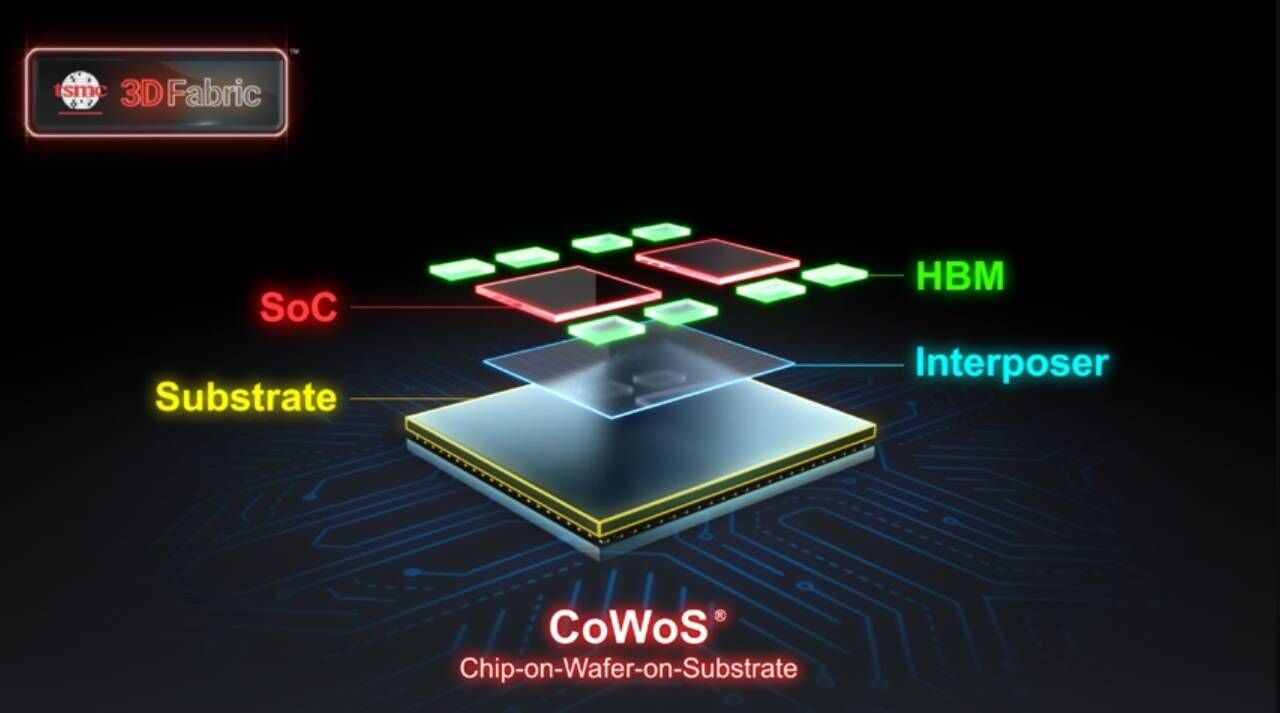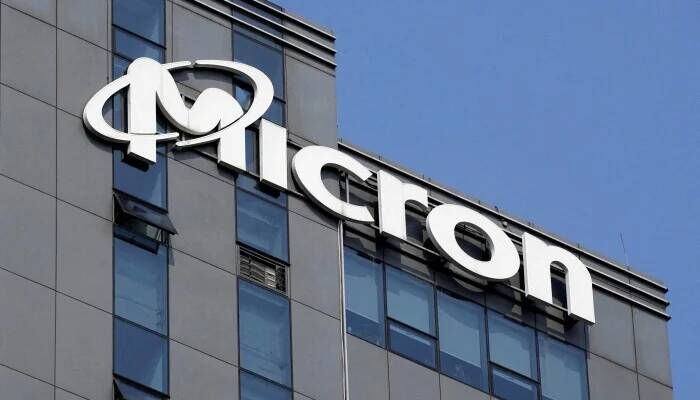July 30, 2025 /SemiMedia/ —A steady increase in electronic component prices across China’s industrial and automotive sectors since May 2025 is signaling a broader recovery in semiconductor demand, following a prolonged downturn. The trend, viewed as a key indicator by industry participants, is being driven by simultaneous factors: a rebound in downstream consumption, tightening inventories across distribution channels, and accelerating demand for power and control semiconductors in electric vehicles and industrial automation.
In the industrial segment, sustained improvement in manufacturing activity has translated into a marked increase in procurement of chips, sensors, relays, and power devices used in factory automation, robotics, and intelligent equipment. Average inventory turnover days for industrial components have dropped significantly—from 45 days in 2023 to just 20 days in early 2025—with some components turning over in less than 10 days. Distributors report that key items such as industrial control MCUs and power modules are often operating below safety stock levels, leaving the market vulnerable to even moderate shifts in demand.
On the automotive side, electric vehicles continue to outperform expectations. China’s EV sales rose 40% year-over-year in the first half of 2025, while European and Southeast Asian markets maintained over 25% growth. The rapid shift to electrification and vehicle intelligence is fueling demand for high-spec components—most notably battery management systems (BMS), motor control chips, automotive radar units, and intelligent cockpit processors. These devices require tighter temperature tolerances and greater processing performance than conventional internal combustion vehicle components, pushing up demand for automotive-grade semiconductors.
Among the most notable signals of resurgence is the return of strong demand for high-voltage IGBTs, which are essential for EV motor controllers, onboard chargers (OBC), and industrial inverters. Lead times for some IGBT modules have extended from 8 to 16 weeks, with market prices increasing 15%–20% since early Q2. The tightening supply reflects prior underinvestment in capacity during the downturn, alongside a synchronized recovery across both automotive and industrial power applications.
Major semiconductor firms have echoed this shift. Texas Instruments reported second-quarter revenue of $4.45 billion, up 16% year-over-year, with operating profit reaching $1.56 billion, exceeding expectations. The company noted a clear rebound in industrial demand after seven consecutive quarters of sequential decline. Inventories across end-markets remain low, according to the company’s CEO, with China continuing to account for 20% of global revenue. TI emphasized its dual-source capabilities and plans to localize more supply to meet rising regional demand.
In parallel, Huahong Semiconductor—one of China’s leading foundry providers—has begun adjusting wafer pricing in line with demand strength. Since Q2, the company has raised prices by 10% to 15%, following a strategic reevaluation of contract structures. Its power semiconductors and automotive-grade products have seen clear increases in order volumes, adding pressure to existing capacity and validating expectations of a sector recovery.
Industry analysts point to structural forces reinforcing the current price movement. Technological upgrades in both EVs and smart factories are introducing a new generation of components with more complex manufacturing requirements. Silicon carbide (SiC) power devices, for example, are replacing traditional silicon in high-efficiency applications but are constrained by limited global production capacity, largely concentrated in a few suppliers such as Infineon and Onsemi. These high-performance parts have seen cumulative price increases of over 30% in two years, and supply timelines remain tight.
Geopolitical tensions and the global restructuring of electronics supply chains are further amplifying component cost pressures. Trends such as nearshoring and friendshoring have raised manufacturing costs, as new facilities in Southeast Asia and Mexico still rely on imported high-end parts from China, Japan, or Korea. Disconnected supply networks have led to higher logistics expenses and longer lead times. In response to perceived supply risks, many OEMs have increased buffer inventories: one German automaker has doubled its automotive MCU reserves to six months, contributing to distorted supply-demand signals and speculative stocking behavior.
Since May 2025, the synchronized rise in prices of key electronic components used in industrial and automotive systems reflects not only short-term inventory tightening and recovering demand, but also deeper structural dynamics: regionalized production, elevated technical requirements, and long-term capacity constraints in power and automotive-grade semiconductors. Companies positioned with advanced process capabilities and resilient supply chains are now gaining share in a tightening market.
The current phase of the semiconductor cycle highlights a shift in competitive dynamics, favoring players that can respond rapidly to demand fluctuations while managing technology upgrades and global risk exposure. As the industry continues to evolve, control over key component capacity and supply resilience will determine long-term leadership.












All Comments (0)